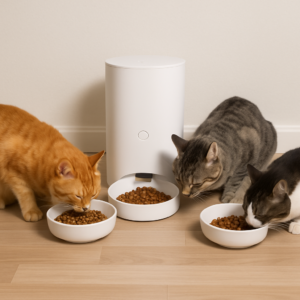A Smarter Way to Feed Pets
For many of us, daily schedules are packed with work, family, and social commitments. Keeping up with a pet’s strict feeding routine can be tough. That’s where automatic pet feeders step in. These devices take the guesswork out of mealtimes, offering both convenience and peace of mind for pet owners.
Imagine never having to rush home just to serve dinner to your cat or dog. With a feeder set to dispense food automatically, your furry friend eats on time—even when you’re not around.
Automatic feeders are particularly popular among cat owners who need to manage portion sizes and prevent overeating. Thanks to features like programmable schedules, portion control, and Wi-Fi connectivity, these devices go far beyond simple food dispensers.
Still, they’re not perfect. To choose wisely, it’s important to understand both their advantages and limitations. Let’s break it down.
What Exactly Is an Automatic Pet Feeder?
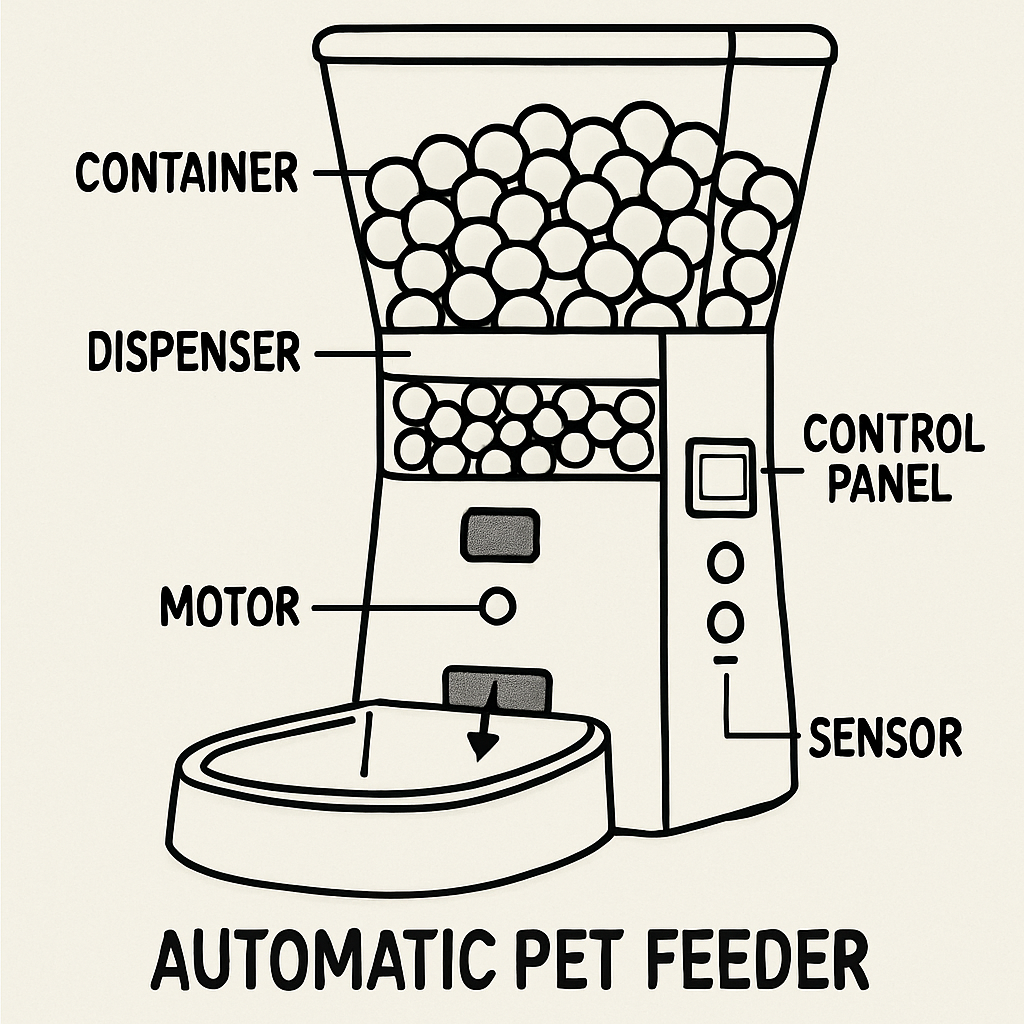
An automatic pet feeder is essentially a timed food dispenser that releases meals at preset intervals. It usually consists of three main parts:
- Food Storage Container – holds dry kibble or, in some models, wet food.
- Dispensing Mechanism – delivers the right portion of food.
- Timer/Programmer – controls when meals are released.
Advanced models often include Wi-Fi connectivity and mobile apps, allowing you to adjust feeding schedules remotely and even check your pet’s eating habits in real time. For many pet owners, this technology can completely transform daily routines.
Why Pet Owners Love Automatic Feeders
Automatic feeders aren’t just about convenience—they also promote healthier eating habits. Here are some key benefits:
- Scheduled Feeding – Pets thrive on consistency, and timed meals help regulate digestion.
- Portion Control – Prevents overeating and helps manage weight.
- Convenience – Ideal for busy lifestyles or frequent travelers.
- Customization – Many models let you set multiple meals per day.
- Remote Access – Wi-Fi enabled devices let you manage feeding from anywhere.
Another plus is reduced food waste. Feeders release just the right amount of kibble, cutting down on leftovers and lowering the risk of pests around the food bowl.
Some smart feeders even include cameras, letting owners monitor pets while away. While not a replacement for human interaction, this extra layer of reassurance is appealing for pet parents who spend long hours outside the home.
Drawbacks and Limitations to Keep in Mind
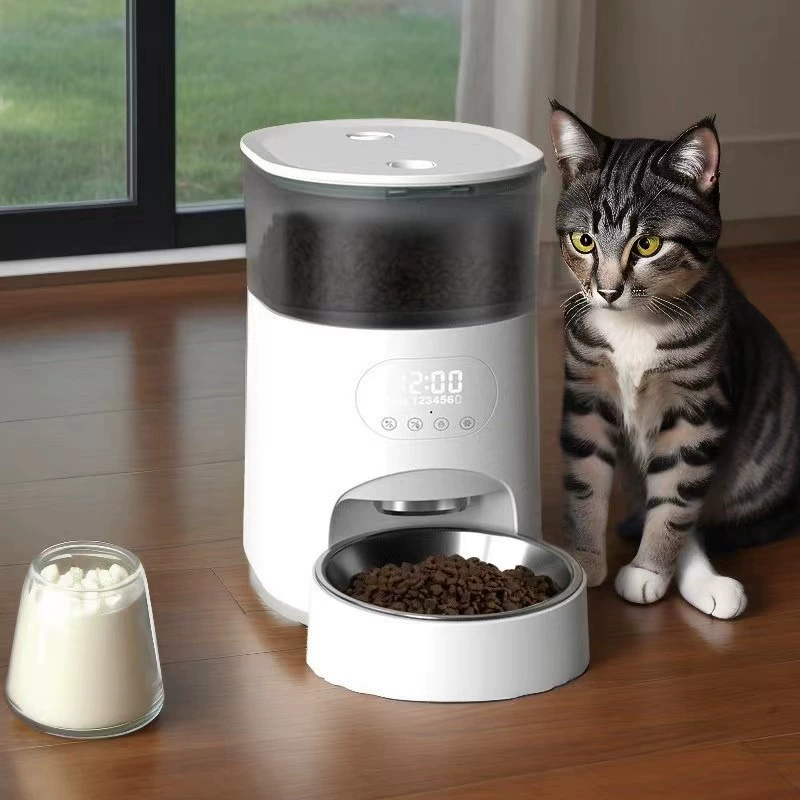
Of course, automatic feeders aren’t perfect. Here are a few challenges:
- Food Restrictions – Many are designed for dry kibble only; wet food requires specialized models.
- Technical Risks – Feeders can jam or batteries may fail, leading to missed meals.
- Higher Cost – Advanced models with Wi-Fi and cameras are more expensive.
- Not a Human Substitute – Pets still need attention, playtime, and affection.
For these reasons, feeders should be seen as a helpful tool—not a complete replacement for hands-on care.
What to Look for in a Cat Feeder
When buying an automatic cat feeder, consider these key features:
- Capacity – Large enough for multiple meals or multiple cats.
- Programmable Timers – Flexibility to schedule meals throughout the day.
- Tech Features – Wi-Fi control, smartphone alerts, and in some cases, cameras.
- Design & Durability – Pet-proof, sturdy, and long-lasting.
- Easy Cleaning – Removable, dishwasher-safe parts save time.
Choosing a feeder that matches your cat’s routine and your lifestyle ensures better results.
Are Automatic Feeders Right for Your Pet?
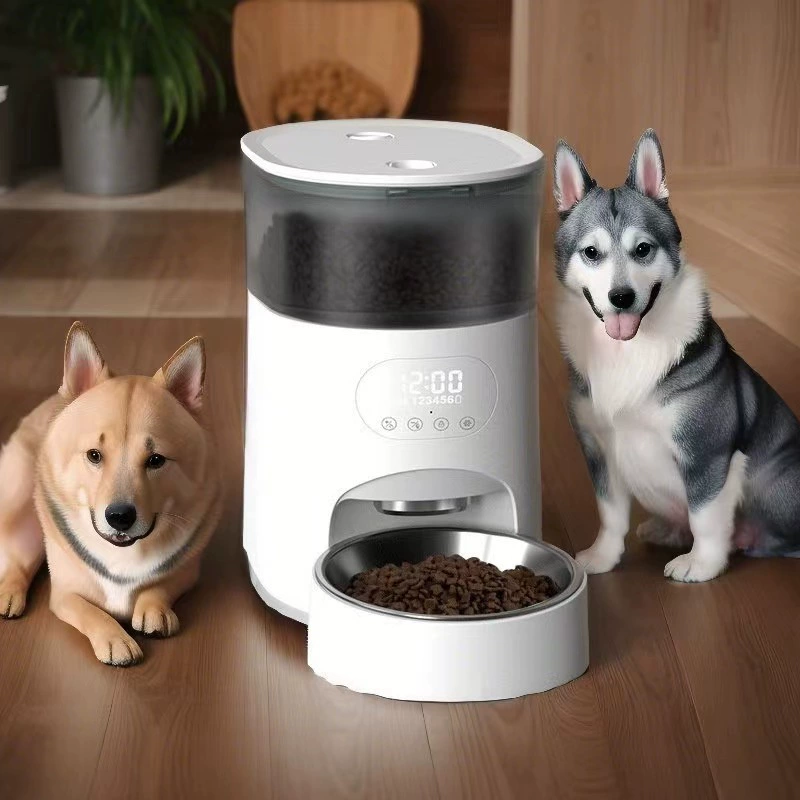
These devices are especially useful for:
- Owners with irregular or long work hours.
- Pets on strict diets or weight management plans.
- Cats prone to overeating or food aggression.
On the other hand, if your pet needs fresh or wet food daily, or thrives on more direct human interaction, a feeder may not be the best option. Always evaluate your pet’s habits before making a purchase.
Tips for Getting the Most Out of Your Feeder
To use automatic feeders safely and effectively:
- Place the feeder on a stable surface to avoid tipping.
- Clean regularly to prevent food buildup and jamming.
- Check batteries or power supply to ensure consistency.
- Monitor your pet’s reaction—some need time to adjust.
Introducing the feeder gradually will make the transition smoother and reduce stress for your pet.
Final Thoughts: Are They Worth It?
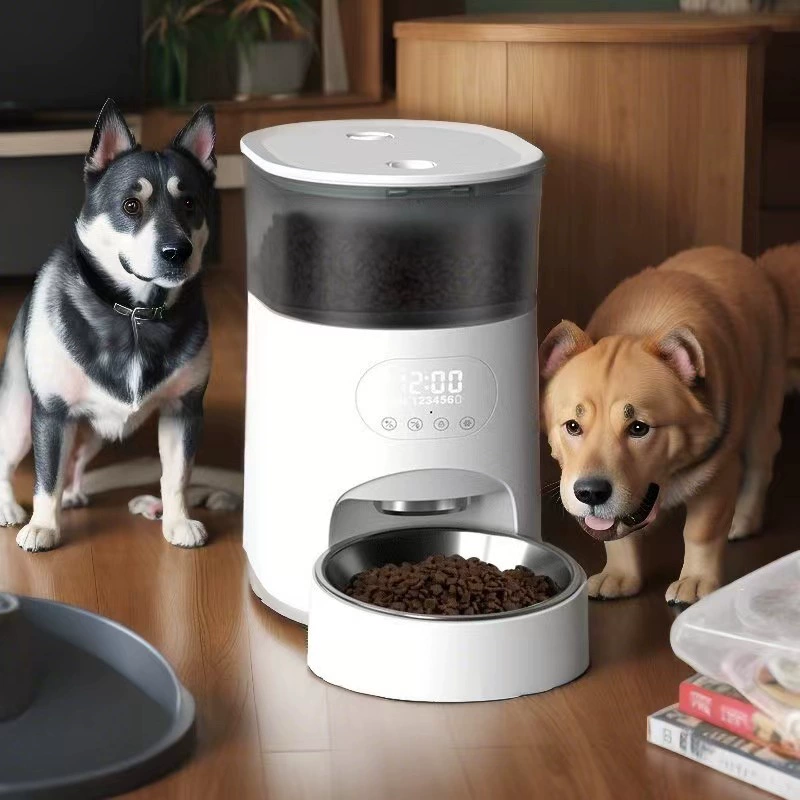
Automatic pet feeders can be a game-changer for modern pet owners. They bring consistency, convenience, and better portion control, helping pets stay healthy while giving owners peace of mind.
However, they aren’t flawless. Mechanical issues, limited food options, and costs are valid considerations. And most importantly, no machine can replace the love and interaction pets get from their humans.
Ultimately, whether an automatic feeder is right for you depends on your pet’s needs and your lifestyle. For many households, the benefits far outweigh the drawbacks, making these devices a valuable part of today’s pet care toolkit.
Conclusion
Automatic pet feeders are more than just handy devices—they’re smart tools that keep pets healthy and give owners peace of mind. With scheduled feedings, portion control, and advanced features like Wi-Fi monitoring, they bring consistency and convenience into modern pet care.
Of course, the right choice depends on your pet’s diet, your budget, and your lifestyle. When chosen carefully, an automatic pet feeder can truly transform the way you care for your furry friend.
👉 And if you’re looking for a reliable supplier or manufacturer in China for wholesale or customized automatic pet feeders, you can connect with us at ecopetfashions.com. We provide OEM & ODM services to help retailers, wholesalers, and brands bring high-quality pet products to market.


